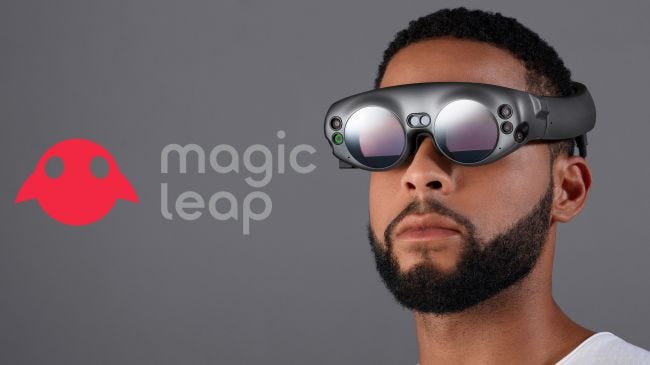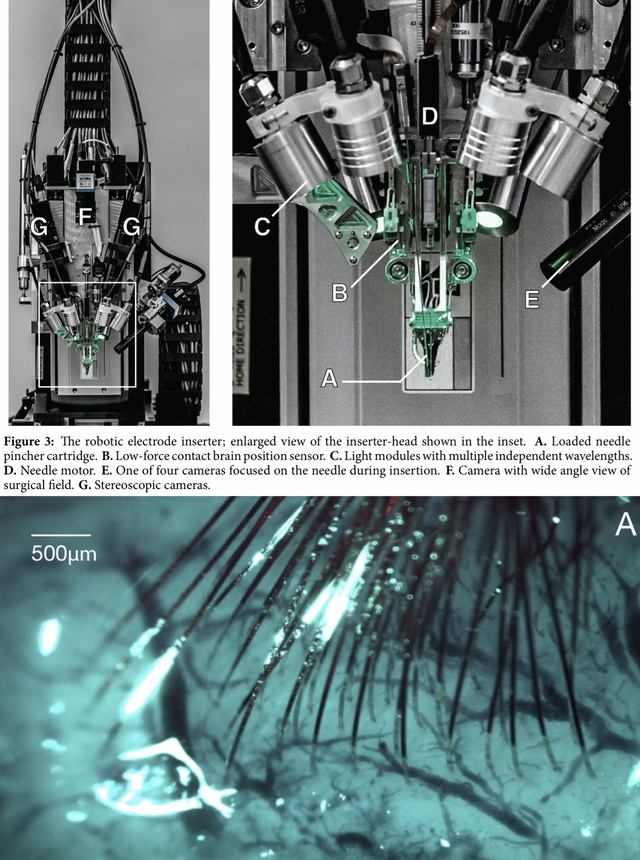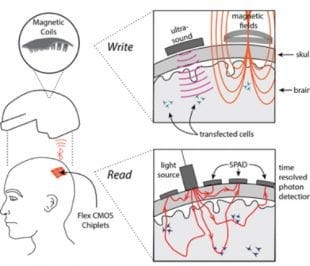Neuralink, OpenWater, DARPA N3, aka how far is the full-immersive (MATRIX style) virtual reality?!
Neuralink, OpenWater, DARPA N3, aka how far is the full-immersive (MATRIX style) virtual reality?!
These days, virtual- and augmented reality is a very hot topic. For example, one of the most valuable startups is MagicLeap, which aims to develop a glasses sized all-day wearable AR headset, which can be the successor of the mobile phone on one day.

The big tech companies also see a big potential in VR and developing their own devices. Facebook’s Oculus and Microsoft’s HoloLens are an important part of these companies’ strategies.

The VR revolution has just begun, but in the secret (and not too secret) labs a more interesting technology is being developed: the brain-machine interfaces (BMIs). Although BMI is a very new field, in the future this can be the successor of VR. The current VR technology is very limited because it can stimulate only 2 senses: vision and hearing. To solve this problem, and build VR for all the five senses, technology must conquer a new area which was a tabu until now: the human brain.
Some days ago Elon Musk unveiled what Neuralink (his new company) is working on. The long term goal of the company is building brain-machine interfaces. If you are interested, you can watch the full presentation here:
The technology in nutshell is implanting really thin (thinner like the human hair) electrodes to the brain to read (and write!) the neural activity. The signals are processed in real-time by a special ASIC chip and transferred to the outside part which is connected to external devices through Bluetooth. It is a Bluetooth interface directly to the human brain! Implanting these tiny electrodes would not be possible manually, so Neuralink developed a special surgeon robot which can position the threads very precisely.

According to Neuralink’s surgeon, the surgical intervention needs only some hours and no anesthesia needed. So, you can simply go to the ‘brain implant center’ (like go to the tattoo salon), implant some electrodes, and go home. This technology can help paralyzed people to get back the ability to walk, or blind people to get back the ability to see, but the long term goal is the brain-machine integration.
But not Elon is the only one, who building brain-machine interfaces. I’ve written an article about OpenWater which uses near-infrared light and holography to build a cheap and more accurate MRI like machine which can non-invasively read (and possibly write) the human brain.
When I watched Mary Lou Jepsen’s TED talk first, it reminded me of Minority report’s machine that reads the precogs…medium.com
Non-invasive means, there is no surgical intervention needed. You only have to wear a special cap on your head which uses near-infrared light to see into the brain.
DARPA also supports the BMI (Brain-Machine Interface) research by the N3 (Next-Generation Nonsurgical Neurotechnology) program. The project tapped six academic teams to engineer radically different BMIs. One of the projects is MOANA, which will use gene technology to modify the neurons in the brain. The modified neurons absorb the light differently when they activated and can be activated by a magnetic field due to the proteins which contain iron particles.

MOANA uses special viruses to deliver the genes. These viruses cannot go through the blood-brain barrier, but this barrier can be opened temporarily by ultrasound. The targeted brain parts can be selected by focusing the ultrasound, and only these neurons will be modified by the viruses. Although modifying neurons sounds dangerous, gene therapy is less invasive like Neuralink’s threads. It’s enough to get a virus injection and sit some hours in a big, MRI like ultrasonic machine, which opens the blood-brain barrier in the specific parts of the brain. After the painless method, you will have a new, little bit modified brain, which can be read by near-infrared light (same technology what is used by OpenWater), and write by a magnetic field. The long term goal is to transfer images from a brain to another, which is something like real telepathy. This is not too far from the VR usage, where the source is not another brain, but a computer-generated image.
Although it’s not clear now, which technology will be the base of the full-immersive virtual reality, the research has begun, and a huge development is expected on the BMI field. Obviously, the brain-machine interfaces are only a part of the problem. Reading and writing the brain is not enough. To stimulate all the senses, it should be known how the brain works. But the human brain is very complex, are we able to understand it? If the goal is full-immersive virtual reality, it’s not needed to understand the whole brain. Every nerve under the neck comes to the brain through the spinal cord. The cross-section of it is some cubic cm. Stimulating the nerves in this small area is enough to simulate any feeling in the whole body. So, to build full-immersive virtual reality, we have to know only a really small part of the human brain. But this small part is also very complex. The good news is that we don’t have to understand how the brain works to simulate feelings. We need only big data and machine learning, and teach a computer to translate the digital signals to stimuli. This is why AI is so important in this field because AI can “understand” our complex brain instead of us. The AI will be a new layer on our brain, which will connect us to the cloud (the exocortex), like the neocortex is a layer on our reptilian brain.
It is hard to say how far is the MATRIX like full-immersive virtual reality (maybe 10–15 years), but it will change everything. It will be bigger than the mobile revolution or the Internet. It will be one of the biggest inventions of human kind. Try to imagine a world with full-immersive VR, where you can get everything that you want totally freely. A big house with a beautiful panorama or a luxury car will worth nothing, and you can change your outfit day by day. In this world, money has no value and words like power and wealth have no meaning. Full immersive virtual reality can also help to reduce resource usage of our civilization because the things don’t have to be manufactured what are exists in VR, don’t have to travel to anywhere or transfer things, etc. but it is another story…

📝 Read this story later in Journal.
👩💻 Wake up every Sunday morning to the week’s most noteworthy stories in Tech waiting in your inbox. Read the Noteworthy in Tech newsletter.